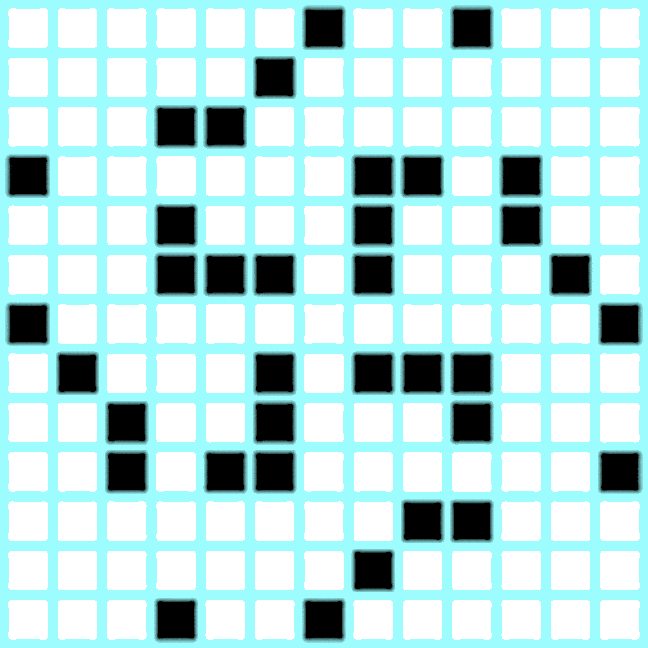The Game of Life
Introduction to the Game of Life
The Game of Life is not really a game at all. It is ‘played’ by one player and there is no winning or losing in the game. It is called ‘Life’ because it can be viewed as a primitive simulator of evolution.
- The game is played on an infinite grid.
- Each square on the board is called a cell.
- Each cell has eight neighbors. Neighboring cells share a common side or a common vertex.
- A cell can be in a state of “life” or “death”.
- A live cell is colored black, and a dead cell is left empty.
The game starts when the player draws an initial pattern of live cells on the board. A set of rules is applied simultaneously to the live cells, whereupon some cells die and new cells are born, and a new pattern evolves. This process can be repeated over and over again. Each step in the process is called a generation. Which cells die and which are born in each generation are decided according to the pattern’s configuration.
For each generation of the game, a cell’s status in the next generation is determined by a set of rules. These simple rules are as follows:
- If the cell is alive, then it stays alive if it has either 2 or 3 live neighbors
- If the cell is dead, then it springs to life only in the case that it has 3 live neighbors



